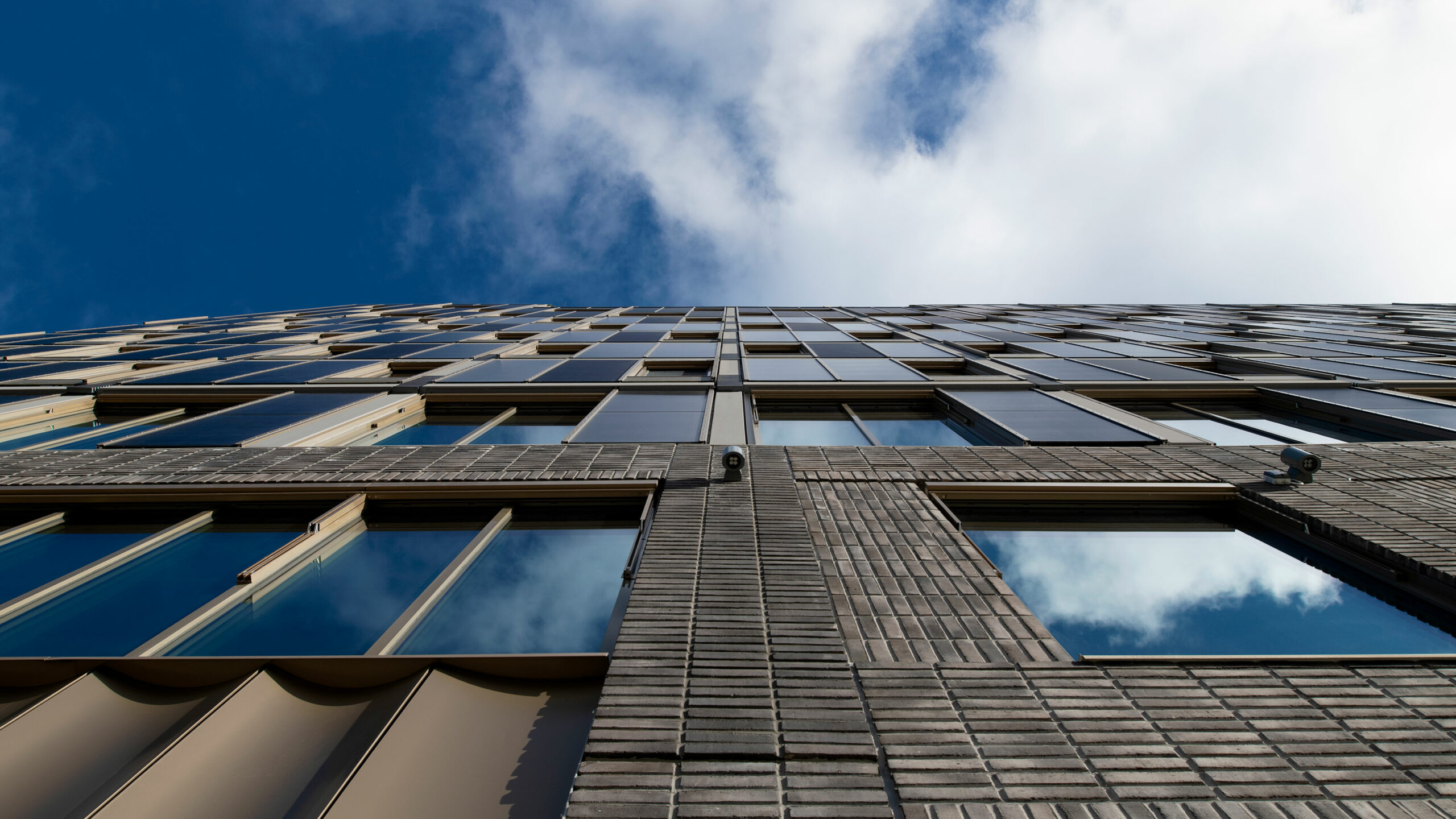In order to reach our climate goals, it is necessary to work together to drastically reduce the climate impact of buildings. Together with our clients and collaborators we are aiming to raise awareness and increase know-how about the potential of building-integrated photovoltaics for reducing the climate impact of buildings.
Through the BeSmart-project White Arkitekter has the possibility to explore and develop next practice within building-integrated photovoltaics (BIPV). Integrating solar panels into building façades and roofs enable the substitution of traditional building materials with high quality architectural designs contributing to reduce CO2 emissions.
This webinar was directed towards developers, building contractors, municipalities, consultants and property owners, who would like to learn more about the use of BIPVs. We showed when and how photovoltaics can be used as a building material to provide both economic and architectural benefits, and how to integrate photovoltaics both technically and aesthetically as part of the building envelope. We addressed questions such as the impact of photovoltaics on conservation areas and cultural heritage, as well as the potential economic benefits.

